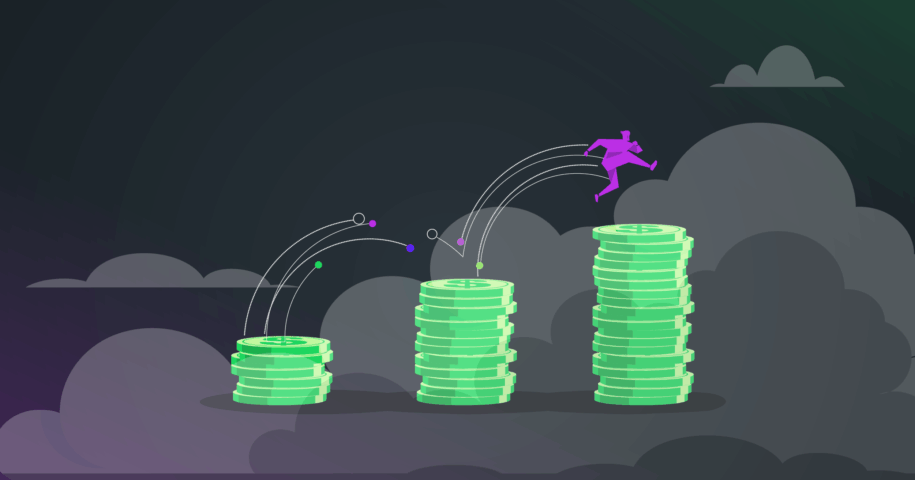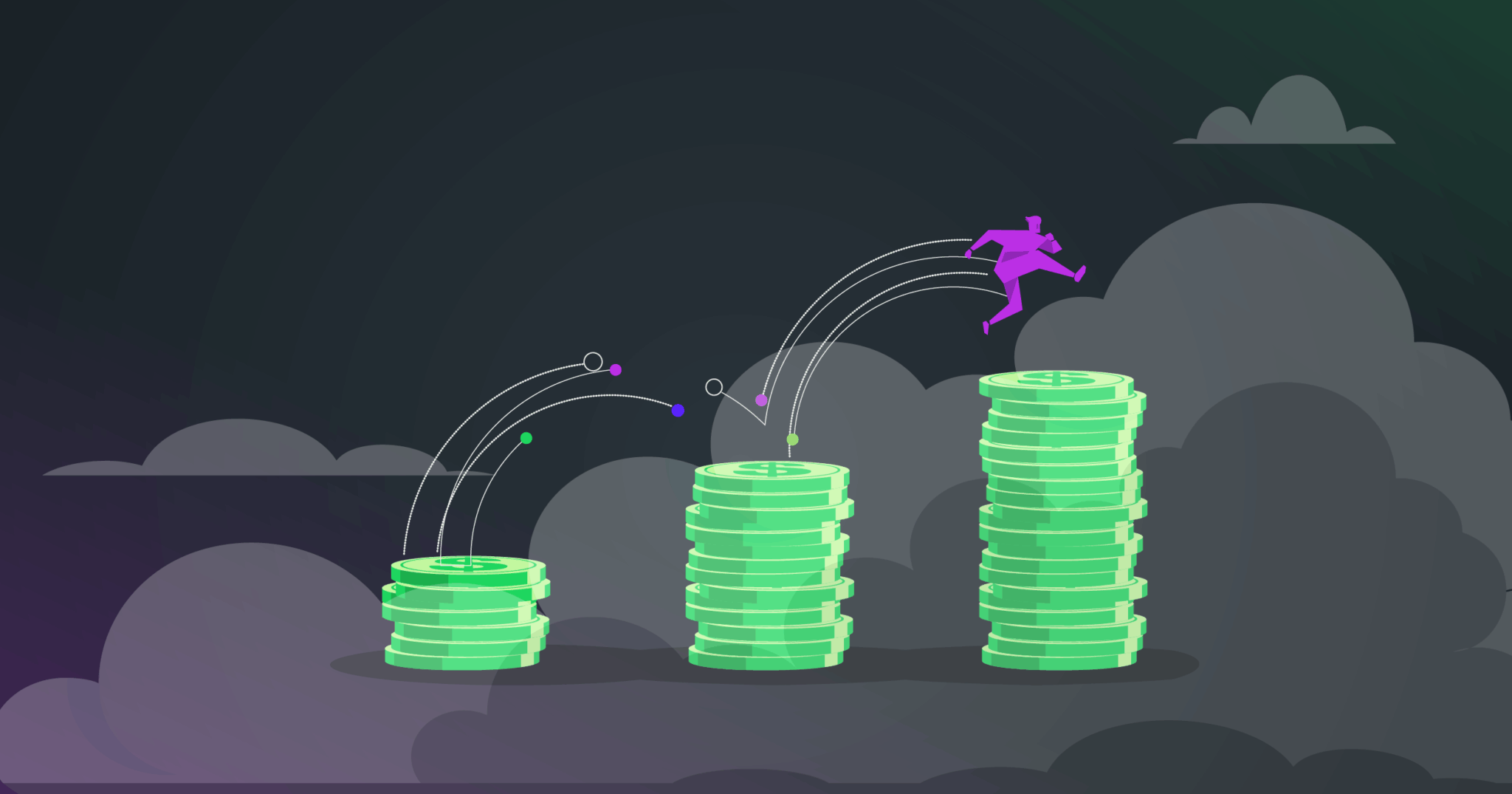Moving from on-premises software to a SaaS (Software-as-a-Service) model is a fundamental shift in how you grow your business. A recent analysis of over 3,000 SaaS companies, as presented by Patrick Campbell (Co-Founder & CEO of Price Intelligently) at a SaaS conference, revealed eye-opening lessons for software providers embarking on the cloud journey. The core message: many SaaS providers suffer from an “acquisition addiction,” focusing too heavily on winning new customers and not enough on monetizing and retaining the ones they have[1]. In the hyper-competitive SaaS market, success demands a more balanced approach.
In this article, we’ll delve into why customer value and smart monetization are now just as crucial as customer acquisition in a successful SaaS growth strategy. We’ll cover how the SaaS landscape has evolved, why focusing solely on new sign-ups can stunt your growth, and what strategies can help you thrive in the subscription economy.
The Changing SaaS Landscape
Today’s SaaS market is more crowded and customer-driven than ever. The data from thousands of companies shows that SaaS is now a buyer’s market: competition is intense, and customers expect more value for less money.
Several factors contribute to this trend:
- Market Saturation: In many software categories, there are numerous SaaS competitors offering similar solutions. This abundance of choice gives buyers leverage to demand more generous offerings or switch if they don’t get them.
- Lower Switching Costs: Unlike heavy on-prem installations of the past, switching between SaaS tools can be relatively easy, often just a browser login away. Because modern software is easier to build and deploy, customers can jump ship more readily if they find a better deal or experience. This lowers customer lock-in, forcing providers to compete on continuous value.
- Customer Expectations: Today’s software buyers are savvy. They’ve seen rapid innovation and now expect continuous improvements and integrations as part of the service. The relative value of individual features is declining unless those features deliver truly unique benefits.
The net effect is that SaaS companies face growing pressure on pricing and margins. Customer Acquisition Costs (CAC) are rising because you have to fight through more noise to win each deal, and even once the deal is closed-won, the customer will continue to demand more for what they’re paying. For software providers transitioning from on-prem to SaaS, this is a wake-up call: you can’t simply port your old pricing model to the cloud era and expect the same results. You’ll need to rethink how you deliver and charge for value.
SaaS Growth Trap: The “Acquisition Addiction”
With the competitive pressure on, many SaaS businesses react by doubling down on acquisition, pouring resources into marketing and sales to grab as many new customers as possible. Acquisition is of course vital (no customers = no business!) to a successful SaaS growth model, but focusing on new logos at the expense of existing customers can become an addiction. In his presentation, Patrick Campbell candidly labeled this obsession “acquisition addiction”[1]. It’s a common trap: organizations fixate on top-of-funnel growth and overlook the revenue leaking out of the bottom through ineffective monetization and churn.
Why is this a problem? Two big reasons emerged from the analysis:
- Inefficient Growth: Companies that chase growth primarily through new customer acquisition often burn resources inefficiently. Campbell’s team, which has seen inside thousands of SaaS businesses, noted that many high-growth startups with big sales teams and hefty funding (humorously dubbed “CAC Fiends”) often ignore unit economics and have only a vague idea of who their most profitable customers are[3]. They might be signing up lots of users, but at high cost and with poor long-term payback. In contrast, the more efficient “LTV Beasts” were companies (often smaller or bootstrapped) that focused intensely on customer lifetime value – they kept teams lean, paid close attention to unit economics, and deeply understood their buyer personas (target customer segments)[3]. These LTV-focused firms demonstrate that disciplined SaaS growth can outpace brute-force growth.
- Leaving Money on the Table: Perhaps the starkest finding is that when you neglect existing customers, you’re likely missing huge revenue opportunities. If you’re not optimizing your pricing, packaging, and customer success, you may be undercharging customers who would pay more for extra value or losing would-be long-term users due to preventable churn. As Campbell put it, an over-emphasis on acquisition means “you’re leaving customers and revenue on the table”[3]
The “acquisition addiction” is also evident in industry content and mindset. An analysis of over 10,000 online articles on SaaS growth strategies found an overwhelming bias toward acquisition topics, with very little coverage of retention or monetization[3]. This echo chamber reinforces the idea that to grow is to acquire, acquire, acquire. It’s as if the only playbook new SaaS companies follow is “spend money to get users,” while downplaying strategies to increase the value of each user or keep them longer.
The Secret SaaS Growth Strategy: Monetization & Retention
If acquisition has been stealing the spotlight, monetization and retention are the underappreciated heroes waiting in the wings. “Monetization” in this context means how you earn revenue from each customer – pricing strategy, package design, upsells, cross-sells, etc.
“Retention” means keeping the customers you’ve signed up, reducing your SaaS churn rate and maybe even expanding accounts over time. The SaaS data analysis revealed just how powerful these levers can be:
The impact of improving monetization or retention far exceeds the impact of the same improvement in acquisition. According to the data, if a company manages to improve its customer acquisition rate by 1%, its bottom-line revenue might grow ~3.3% as a result[3]. Not bad. But a 1% improvement in customer retention (i.e., slightly fewer people cancelling each month) would yield roughly 6.7% revenue growth[3] – about double the impact of the acquisition gain. Even more striking, a 1% improvement in monetization (like raising your average revenue per user by tweaking pricing or expanding usage) could boost revenue around 12–13%[3]. That’s nearly 4× the impact of an equivalent acquisition bump.
These SaaS growth metrics underline a simple truth: in subscription businesses, squeezing more value from your existing customer base often beats pulling in more customers at the top. It’s not that acquisition doesn’t matter, you obviously need new customers to grow, but beyond a certain point, optimizing how you monetize and retain each customer drives compounding gains that new sales alone can’t match.
Why is this the case?
- When you improve retention, you extend the lifetime value of every customer you worked so hard to acquire. They stay longer, possibly refer others, and contribute more revenue without additional sales expense. This compounds monthly recurring revenue (MRR) over time.
- When you improve monetization (e.g., via better pricing models, offering add-on products, or tiered plans that encourage upgrades), you increase the average revenue per user (ARPU). This means you can grow revenue even without adding new logos, and it can fund more product development or customer support, which in turn can further improve retention.
- By contrast, pouring an equivalent effort or budget into acquiring more customers often yields diminishing returns, especially as CAC rises. Many of those new customers might churn quickly if you haven’t fixed retention or might sign up on too-low pricing if you haven’t optimized monetization, thereby adding less net value.
In short, improvements in SaaS monetization and retention are high-leverage moves. Unfortunately, they’ve been historically underutilized growth levers, the “forgotten” ones, because they require cross-functional strategy (product, customer success, finance) and a keen understanding of customer needs. The good news is that this is changing, forward-thinking companies are waking up to the idea that happy, engaged customers who see value are the engine of sustainable SaaS growth. And to create happy customers, you need to deliver value and capture value in a fair exchange (i.e., smart monetization).
For software producers moving on-prem software to SaaS, this is a pivotal insight. Your new recurring revenue model must not rely solely on hunting new customers; it should cultivate the garden of existing users. This means investing in customer success, support, and product quality to keep users subscribed, and iterating on pricing and packaging so that your revenue grows along with the value you deliver.
Curious about what it takes to create a customer-centric SaaS growth strategy? Connect with our team today to start the conversation.
You may also be interested in:
The SaaS Product Manager’s Playbook for Profitable Growth
Common Questions:
What strategies help SaaS companies thrive in the subscription economy?
Successful SaaS companies focus on delivering continuous value through feature innovation, customer success, and smart pricing. They use data-driven insights to refine offerings and personalize experiences. Prioritizing monetization alongside acquisition helps build sustainable growth and competitive advantage.
Why can’t on-prem pricing models be reused for SaaS?
On-premises pricing models often fail in the SaaS environment because they don’t reflect the dynamics of subscription-based services. SaaS requires flexible, value-based pricing that aligns with customer expectations and usage patterns. Simply porting legacy models to the cloud can lead to poor performance and missed revenue opportunities.
How does customer acquisition cost (CAC) impact SaaS profitability?
Customer acquisition costs are rising due to market saturation and increased competition. Winning a customer is no longer enough—retaining them and maximizing lifetime value is essential. Without a strong monetization strategy, high CAC can erode margins and stunt growth.





